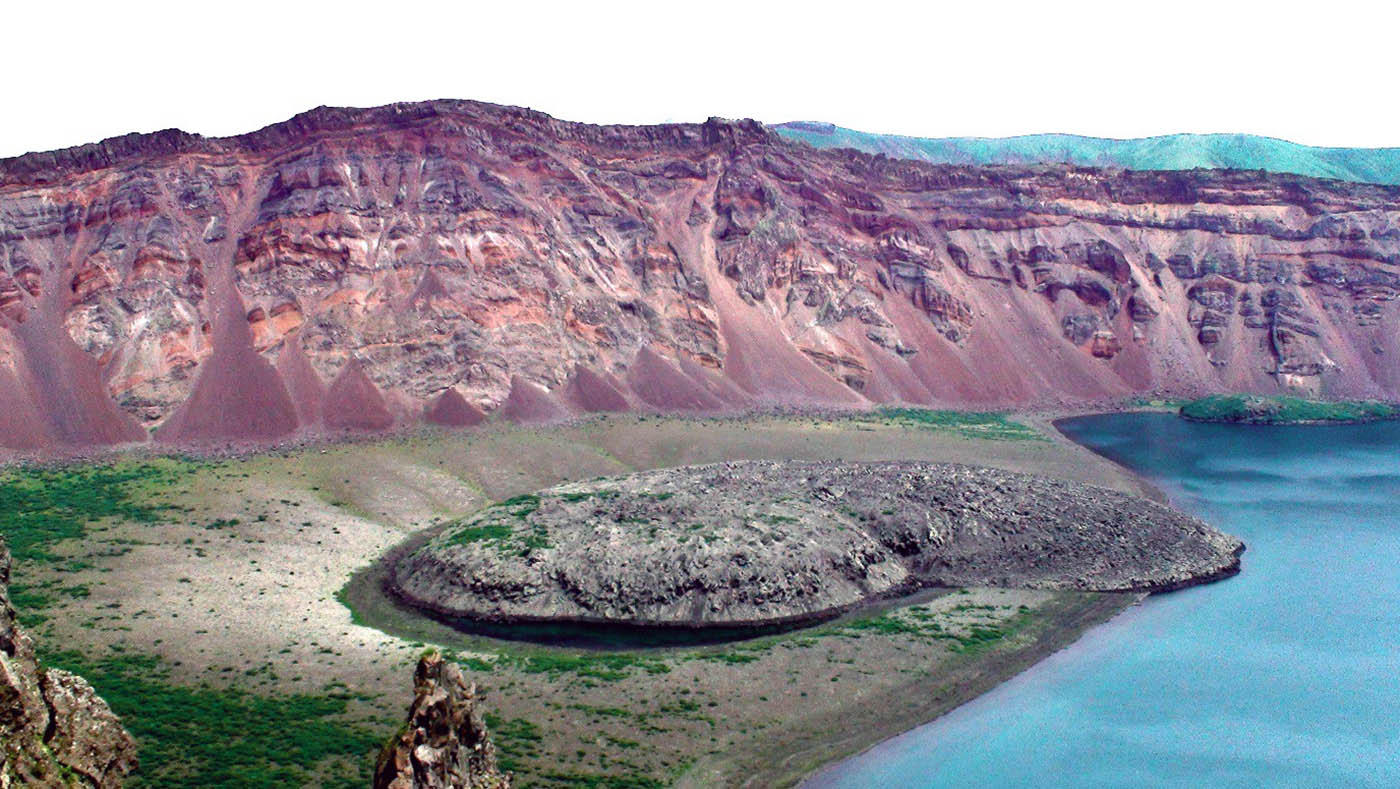Researchers have pinpointed the Zavaritskii volcano in the Kuril Islands as the source of a massive 1831 eruption that led to significant global cooling and widespread agricultural failures.
Key Points at a Glance
- Volcanic Source Identified: The 1831 eruption responsible for global cooling has been traced to the Zavaritskii volcano on Simushir Island in the Kuril archipelago.
- Global Impact: The eruption caused a temperature drop of approximately 1°C, leading to crop failures and famines worldwide.
- Research Methodology: Scientists matched volcanic ash from Greenland ice cores to samples from the Zavaritskii caldera, confirming the volcano’s identity.
In 1831, a massive volcanic eruption released vast amounts of sulphurous gases into Earth’s atmosphere, reflecting sunlight and causing a global temperature drop of about 1°C. This sudden cooling led to widespread crop failures and famines, yet the eruption’s source remained unidentified for nearly two centuries.
Recent research led by volcanologist William Hutchison of the University of St Andrews has solved this long-standing mystery. By analyzing microscopic ash shards preserved in Greenland ice cores and comparing them to geological samples, the team identified the Zavaritskii volcano on Simushir Island in the Kuril Islands as the eruption’s origin.
The Kuril Islands, situated between Russia and Japan, are known for their volcanic activity. Simushir Island, though uninhabited, houses the Zavaritskii caldera—a volcanic crater formed by past eruptions. The 1831 eruption was of such magnitude that it expelled massive quantities of ash and sulphur dioxide into the stratosphere, leading to significant climatic changes.
The research team employed advanced geochemical analysis to match the ash particles found in ice cores to those from the Zavaritskii caldera. This precise correlation confirmed the volcano’s identity as the source of the 1831 eruption. The findings were published in the Proceedings of the National Academy of Sciences, providing a comprehensive account of the eruption’s impact and the methodologies used to trace its origin.
Understanding the source of such historical eruptions is crucial for several reasons. It enhances our knowledge of Earth’s climatic history and the role of volcanic activity in influencing global temperatures. Additionally, identifying previously unrecognized volcanic events helps refine climate models, improving predictions of future climatic responses to large eruptions.
This discovery also underscores the importance of monitoring remote and uninhabited volcanic regions. The 1831 eruption went undocumented at its source due to the isolation of the Kuril Islands, yet it had profound global effects. Modern technology allows for better surveillance of such regions, which is essential for early warning systems and mitigating the impacts of future eruptions.
In conclusion, the identification of the Zavaritskii volcano as the source of the 1831 eruption that cooled the globe resolves a 200-year-old mystery. This breakthrough highlights the interconnectedness of Earth’s systems and the far-reaching impacts of volcanic activity on global climates and human societies.
